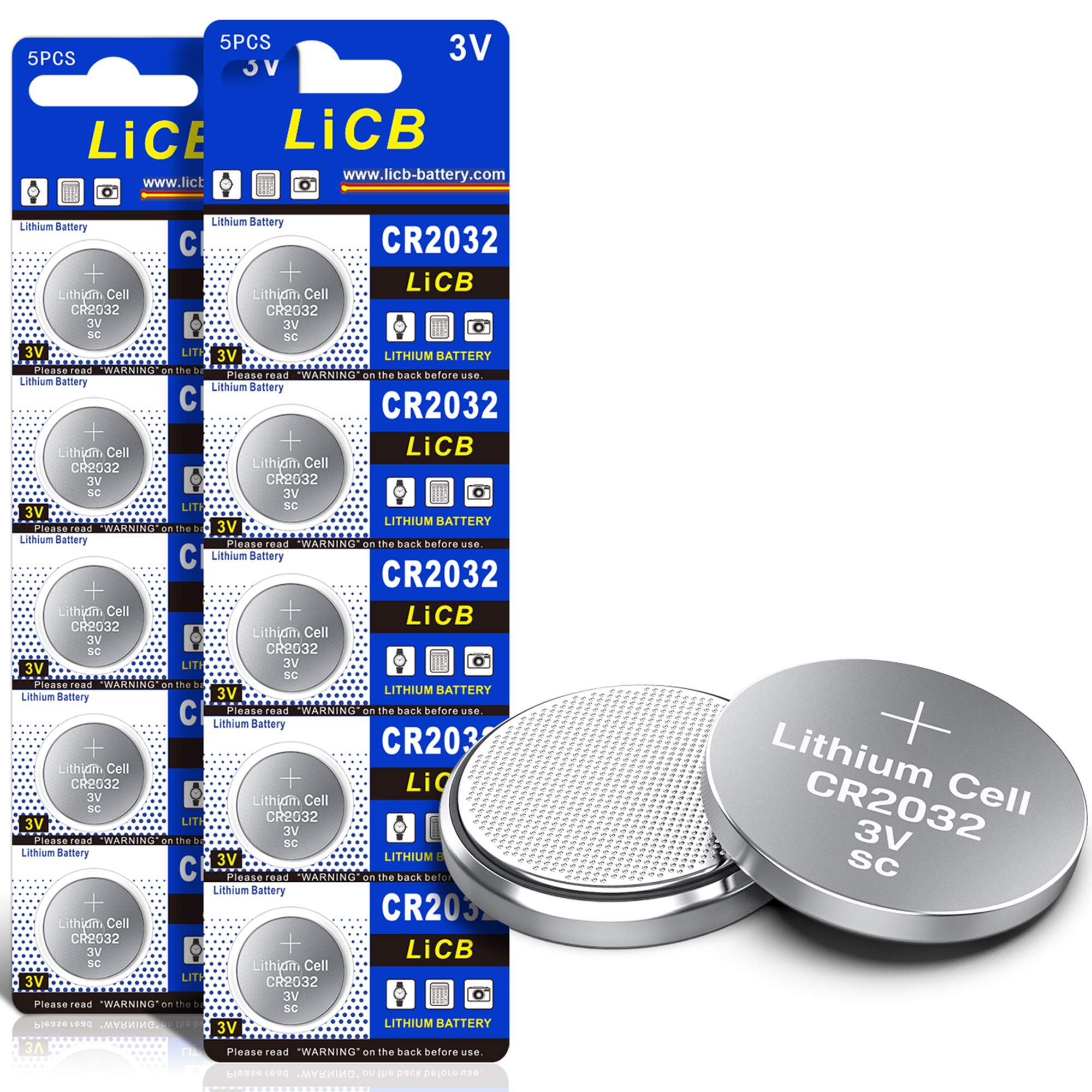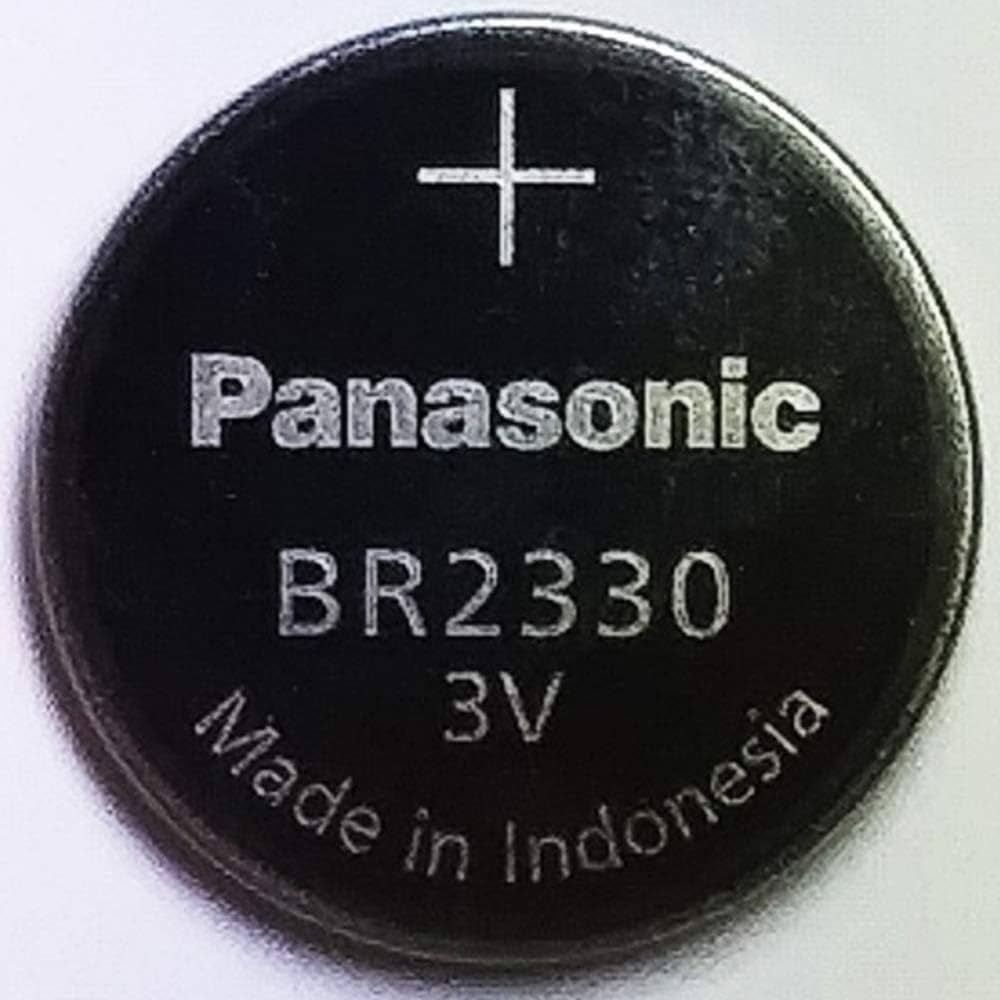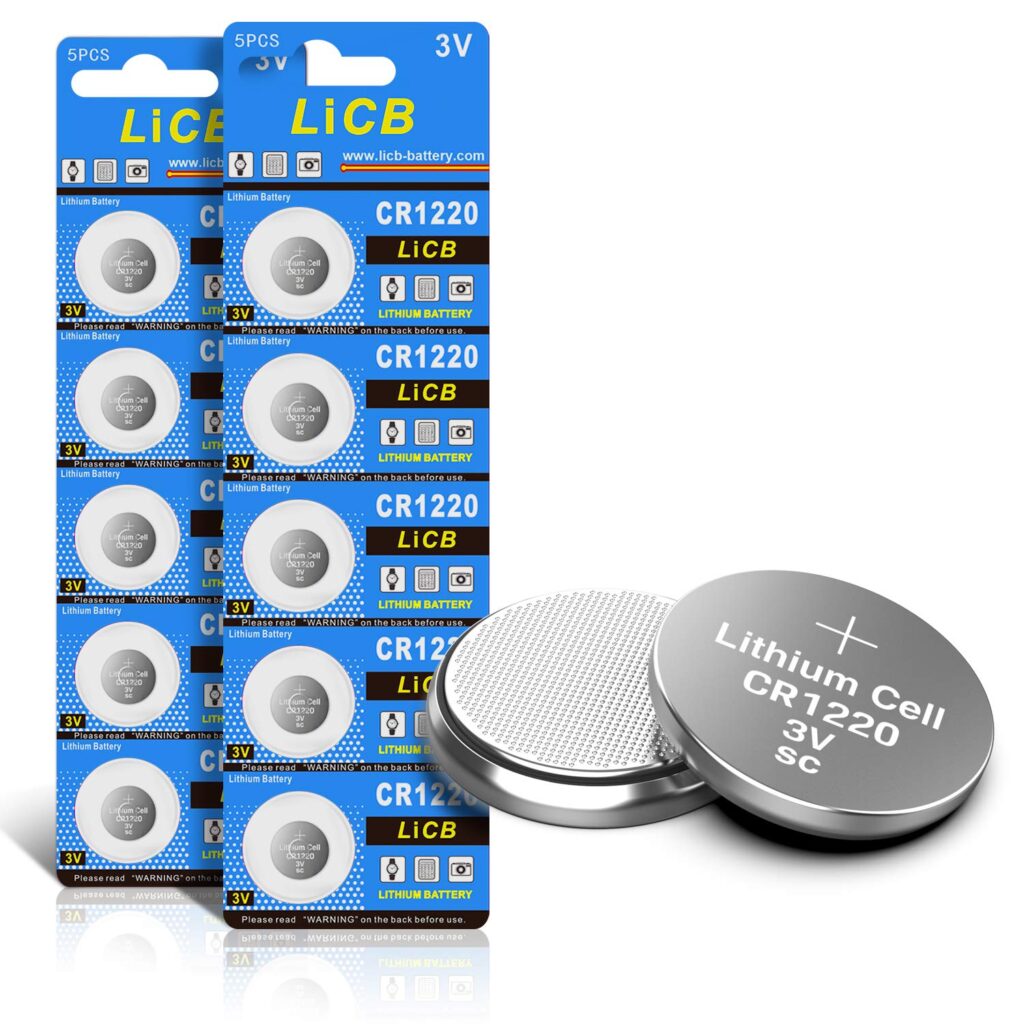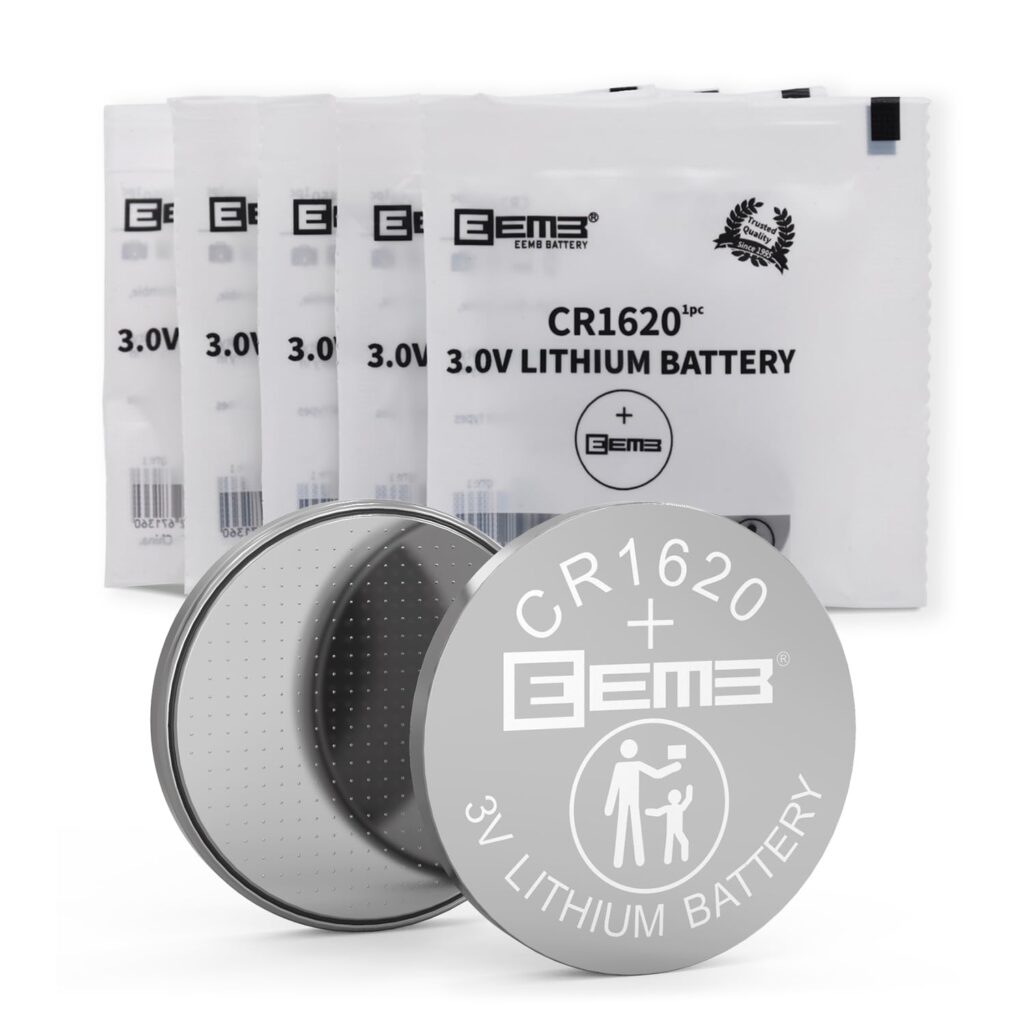Button cell batteries are essential components in many small electronic devices, from watches and calculators to medical devices and key fobs. Two popular models within this category are the CR2032 and BR2330 batteries. Both serve a similar purpose but cater to slightly different needs and specifications. In this article, we will delve into the specifics of these two battery models, providing a detailed comparison to help you make an informed decision for your electronic devices.
The CR2032 is a lithium coin cell battery, widely recognized for its use in a variety of electronic gadgets. It is known for its reliable performance and wide availability, making it a common choice for everyday electronics. On the other hand, the BR2330 is another type of lithium coin battery, often used in devices that require a longer battery life and can function under more extreme temperatures. Although both batteries appear similar at a glance, they differ significantly in terms of performance, longevity, and suitability for specific applications.
Detailed Comparison Table
| Feature | CR2032 | BR2330 |
|---|---|---|
| Image |  |
 |
| Voltage | 3V | 3V |
| Capacity | 220-240 mAh | 255-270 mAh |
| Size (Diameter x Height) | 20mm x 3.2mm | 23mm x 3.0mm |
| Temperature Range | -20°C to 60°C | -30°C to 85°C |
| Shelf Life | 5-10 years | 5-10 years |
| Typical Applications | Watches, calculators, small electronics | Medical devices, automotive key fobs |
Informative Explanation of Features and Specifications of Both Products
CR2032
The CR2032 battery is a lithium coin cell known for its compact size and reliable voltage output of 3 volts. With a capacity ranging between 220 to 240 milliampere-hours (mAh), it offers a decent lifespan for low-drain devices. Its dimensions, 20mm in diameter and 3.2mm in height, make it suitable for a wide range of small electronics. Operating efficiently within a temperature range of -20°C to 60°C, the CR2032 is versatile and user-friendly. Its shelf life of 5 to 10 years ensures that the battery remains functional even when stored for extended periods, making it a popular choice for watches, calculators, and other small gadgets.
BR2330
The BR2330 battery, while similar in purpose, caters to slightly different needs. It also delivers a voltage of 3 volts but boasts a higher capacity, ranging from 255 to 270 mAh. With dimensions of 23mm in diameter and 3.0mm in height, it is slightly larger than the CR2032, which may limit its use in some compact devices. However, its extended temperature range of -30°C to 85°C makes it suitable for extreme environments, often required in medical devices and automotive applications. The BR2330 also benefits from a long shelf life of 5 to 10 years, ensuring reliability over time.
Differences Between Products
While the CR2032 and BR2330 share some similarities, such as their voltage output and long shelf life, they differ notably in capacity, size, and temperature tolerance. The CR2032, with a lower capacity, is sufficient for devices with moderate power requirements, whereas the BR2330s higher capacity supports longer-lasting performance. The BR2330s larger size may not fit as seamlessly into devices designed specifically for the CR2032s dimensions, which can be a critical factor for certain applications.
Temperature tolerance is another area where these batteries diverge significantly. The BR2330s ability to function in a broader range of temperatures (-30°C to 85°C) makes it ideal for use in environments subject to temperature fluctuations, such as automotive or medical settings. The CR2032, while versatile, is more suited to standard operating conditions (-20°C to 60°C).
Pros and Cons
CR2032

Pros:
– Widely available and easy to find.
– Suitable for a variety of small electronics.
– Reliable performance within standard temperature ranges.
– Compact size fits most devices.
Cons:
– Lower capacity than BR2330.
– Limited temperature range for extreme conditions.
BR2330

Pros:
– Higher capacity for longer battery life.
– Operates in a wider temperature range.
– Ideal for specialized applications like medical devices.
Cons:
– Larger size may not fit all devices.
– Less commonly available than CR2032.
Performance Evaluation and User Experience
When it comes to performance, both the CR2032 and BR2330 batteries deliver reliable power output, but user experiences can vary based on application needs. The CR2032 is praised for its accessibility and affordability, making it a go-to option for everyday electronics. Users typically report satisfactory performance in devices like remote controls and digital thermometers, where its moderate capacity is more than adequate.
In contrast, the BR2330 is often favored in scenarios where battery longevity and environmental resilience are critical. Users deploying BR2330 batteries in medical devices or automotive applications appreciate its ability to withstand harsh conditions and provide sustained power. However, some users note the challenge of finding BR2330 batteries readily available, which can be a drawback for those needing quick replacements.
Both batteries have their niches, and satisfaction largely depends on matching the batterys capabilities with the devices demands. While the CR2032 excels in common, low-demand applications, the BR2330 shines in more demanding, specialized roles.
Final Recommendation and Conclusion
Choosing between the CR2032 and BR2330 ultimately comes down to understanding your specific needs and the conditions under which the battery will operate. For general use in small electronics, the CR2032 offers a reliable and cost-effective solution. Its widely available, making it a convenient choice for everyday applications.
However, if your requirements include prolonged battery life and operation in extreme temperatures, the BR2330 is the superior option. Its higher capacity and broader temperature range make it particularly suitable for specialized applications such as medical devices and automotive electronics.
In conclusion, both batteries have distinct advantages and choosing the right one depends on matching their features with your specific needs. By considering the factors of capacity, temperature tolerance, and device compatibility, you can ensure optimal performance and longevity for your electronic devices.


